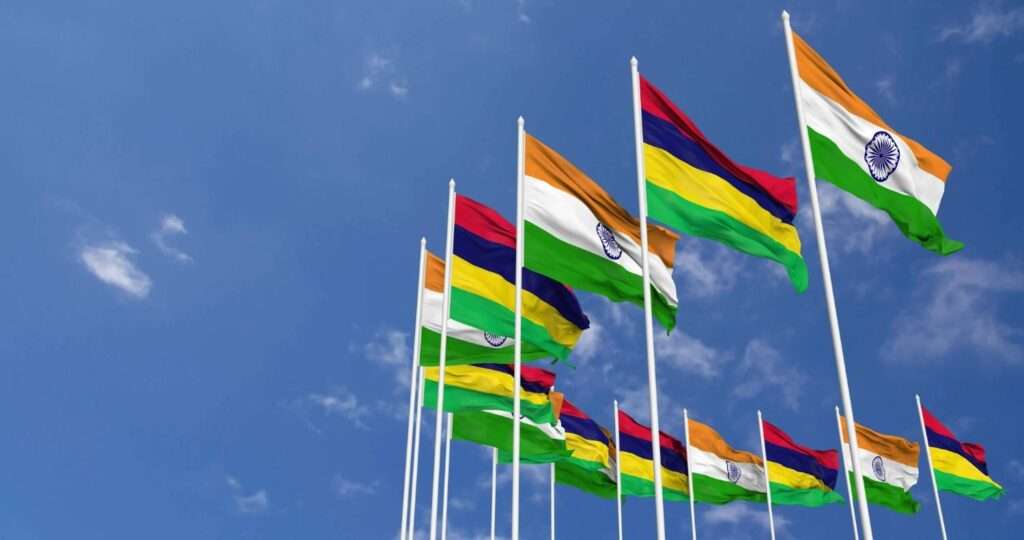Mauritius, a strategically located island nation in the western Indian Ocean, shares strong ties with India, as nearly 70% of its 1.2 million population is of Indian origin. The Indian Ocean region (IOR) is a significant geopolitical area with a host of diverse countries, resources, and challenges. Mauritius plays a critical role within this region due to its strategic geographical location and strong partnerships, particularly with India. The Island is called the “Star and Key of the Indian Ocean”.
India–Mauritius Relations: A Historical and Strategic Bond
Mauritius has played a pivotal role in India’s Indian Ocean strategy. Originally a French colony and later a British territory, the island saw large-scale migration from India under both regimes. During French rule in the 1700s, Indians from Puducherry arrived as artisans, while under British rule between 1834 and the early 1900s, over 500,000 indentured laborers from Bihar, Uttar Pradesh, Tamil Nadu, Andhra Pradesh, and Telangana were brought to the island, two-thirds of whom settled permanently. Mauritius was among the first nations to establish diplomatic ties with independent India in 1948.
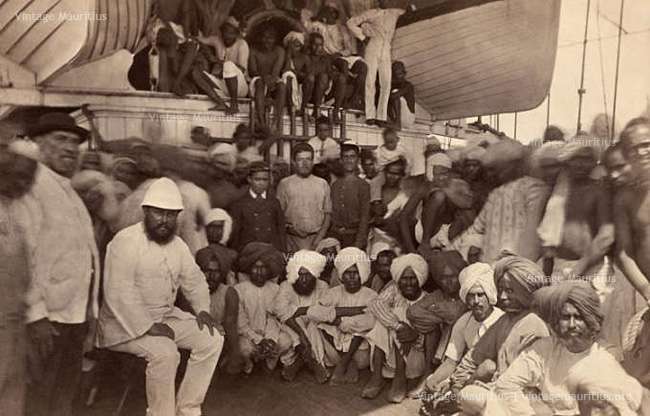
Tourism Sector: Shared Culture and Emerging Markets
Mauritius’s tourism is significantly influenced by several countries, with France, India and China being the top contributors. France, in particular, has historically been a major source of tourists, with one-third of international visitors coming from there. Mauritius is increasingly focusing on emerging Asian markets like China and India as part of its market diversification strategy. Its free trade agreement with China promotes tourism and infrastructure, reflecting the rising number of Chinese visitors and real estate investors. In recent years the population has increased to 90,000 annually. For India, strong cultural ties, a large Indian-origin population, and shared traditions make Mauritius a popular destination. Tourism in Mauritius began developing in the 1970s with around 18,000 visitors. Between 1985 and 2000, the number of tourist arrivals increased by approximately 340%, outperforming other regional competitors like the Maldives and Seychelles. By 2013, tourist arrivals had increased from 103,000 to 993,106, a more than eight-fold increase. In 2020 due to the COVID-19 pandemic, tourist arrivals rebounded to one million and in 2022 year it was 180,000.
Economic Significance and Maritime Security
India and Mauritius have reinforced their strategic partnership with commitments to infrastructure, economic cooperation, and regional security. During PM Narendra Modi’s visit to Mauritius from 11 March 2025, both the countries’ PM held extensive talks, to confirm their shared vision for development and stability. Talking about the last decade in May 2016, India provided a Special Economic Package of $353 million for five priority projects in Mauritius, including the Metro Express, a new Supreme Court building, an ENT Hospital, social housing, and digital tablets for school children. India has extended several other Lines of Credit over the years, including a $500 million LoC in 2017 for social and infrastructure projects, and further LoCs in 2021 and 2022, according to the Ministry of External Affairs. In October 2024, India extended its first-ever rupee-denominated Line of Credit (LoC) of ₹487.60 crore to Mauritius, for a water pipeline replacement project.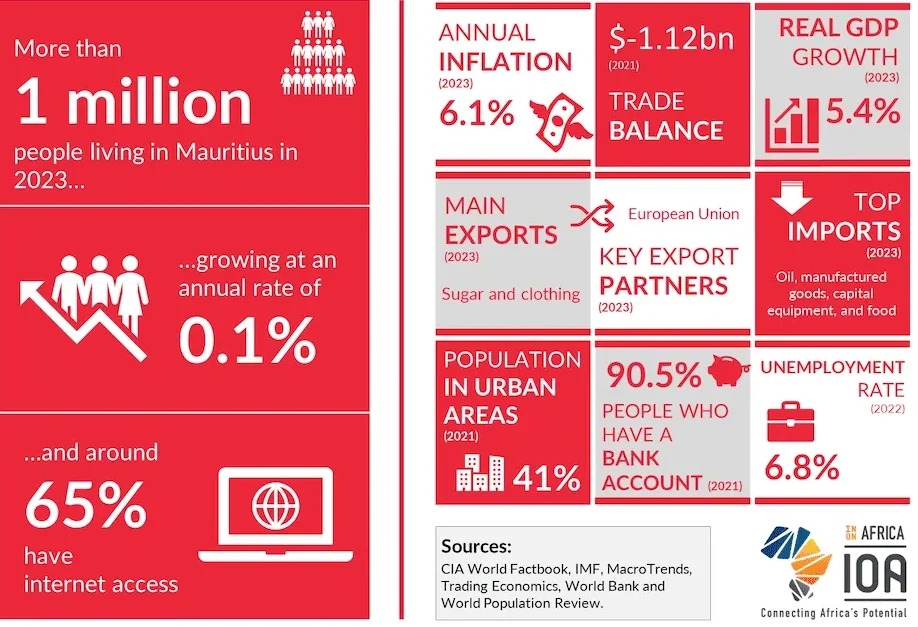
India-Mauritius trade and infrastructure
India generally enjoys a positive balance of trade with Mauritius. Country signed its first trade deal with an African nation (Mauritius). It was Comprehensive Economic Cooperation and Partnership Agreement in 2021. For the year 2022-2023, Indian exports to Mauritius was $462.69 mn, Mauritian exports to India was $91.50 mn and Total trade was $554.19 mn. Trade has grown by 132% in the last 17 years, from $206.76 million in 2005-06 to $554.19 million in 2022-23.
Both countries aim to enhance defence cooperation, with plans to sign a technical agreement for sharing white-shipping information. This will improve maritime security, protect trading routes, and strengthen regional data-sharing. Talking about the infrastructure of both the countries, In 2015 during PM Modi’s visit to Mauritius, India signed an MoU to enhance transport facilities on Agalega island, improving sea and air connectivity. These developments aim to support the Mauritian Defence Forces in safeguarding their outer islands. In February 2024, both countries jointly inaugurated an airstrip and jetty projects.
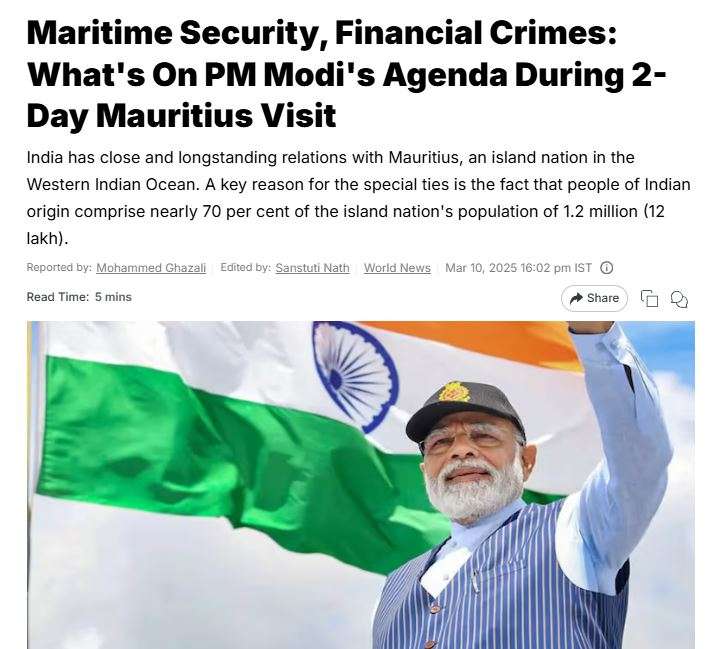
Mauritius’ Strategic Partnerships in the Indian Ocean Region
| Country | Trade Support | Infrastructure Help | Strategic Depth |
| India | CECPA (2021), balanced trade | Agalega Island (MoU 2015, projects inaugurated 2024), defense infra, radar systems | High – Defense, economic, cultural |
| China | FTA (2021), high exports | BRI projects (Jin Fei City, since 2009), commercial focus | Medium – Economic leverage |
| UK | EPA (Post-Brexit, 2021) | Limited infrastructure involvement, recent focus on Chagos Islands sovereignty issue (resolved in 2025) | Low – Historical ties only |
| US | AGOA (eligible since 2000), niche trade | Training programs, MCC grants (various years) | Medium – Indo-Pacific strategy |
| France | Tourism-based trade (long-standing) | Renewable energy, education, telecom (since 2010s) | Low – Developmental and soft power |
Mauritius actively engages in ocean-related partnerships with several countries and organizations. The above table highlights how different countries engage with Mauritius across trade, infrastructure, and strategic depth. India stands out as the most comprehensive partner, with the 2021 CECPA enhancing trade, and major infrastructure projects like Agalega Island boosting defense and connectivity. China, through its 2021 FTA and BRI projects (notably Jin Fei City since 2009), has built significant commercial infrastructure, though with less strategic alignment than India. China’s use of soft power including cultural programs and educational support offers Mauritius attractive alternatives, potentially decreasing India’s strategic role.
The UK’s role is limited post-Brexit, focused mainly on trade via the EPA and historical ties, but it recently played a key role in resolving the Chagos Islands sovereignty issue in 2025. The US, eligible under AGOA since 2000, supports Mauritius with training and development grants but lacks major physical infrastructure investments. France maintains soft power influence through tourism, education, and renewable energy, supporting Mauritius mainly in cultural and environmental sectors.
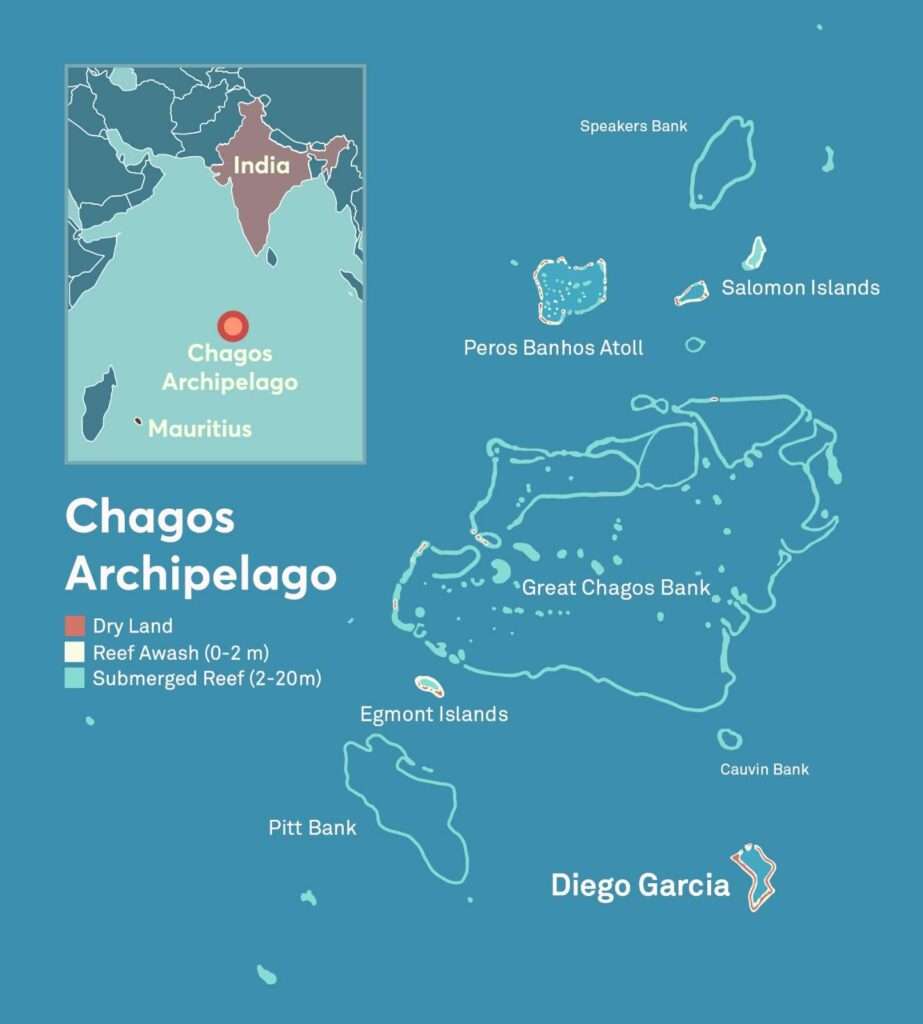 Maritime Disputes and Strategic Sovereign
Maritime Disputes and Strategic Sovereign
Mauritius is involved in key maritime disputes, primarily centered on the Chagos Archipelago, which was separated by the UK in 1965 to form the British Indian Ocean Territory. Island has long contested this, claiming sovereignty. In 2019, the International Court of Justice (ICJ) ruled that the UK must end its administration of the islands, and in 2025, the UK agreed to transfer sovereignty to Mauritius. Another maritime issue involves overlapping claims in the Submarine Plateau, which Mauritius jointly manages with Seychelles under a co-management agreement. These disputes are tied to strategic control, exclusive economic zones (EEZs), and marine resources.
Conclusion
The growing influence of China and other global players in Mauritius India faces strategic competition in the dynamics of the Indian Ocean Region. In response, India is strengthening ties through grants, defense cooperation, and cultural diplomacy. To safeguard its regional influence, India must further deepen economic, infrastructure, and security partnerships in the Indian Ocean.
Click here for more News from Indian Ocean Region

